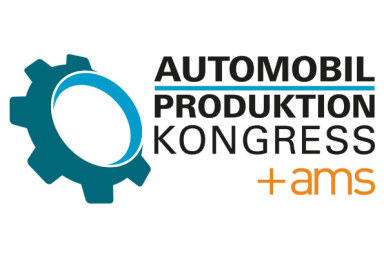EV innovation
UK launches £2.5bn DRIVE35 “Scale Up” initiative to boost auto manufacturing innovation

The new Scale Up pillar under the DRIVE35 programme aims to accelerate the transition from pilot lines to high-volume EV manufacturing, with grants and regional clusters to boost UK automotive innovation.
UK government has announced a new major move: the launch of a Scale‑Up initiative aimed at helping automotive scale-ups and R&D companies bridge the notorious "valley of death" between prototype innovation and high-volume production.
Set within the framework of the £2.5 billion DRIVE35 programme, the UK’s largest automotive funding commitment in a decade, the initiative will provide R&D grants to support pilot production lines and test manufacturing processes before full industrial ramp-up.
Filling a critical gap in automotive innovation
The “valley of death” is a familiar barrier in automotive manufacturing where promising technologies stall in the transition from lab to line due to lack of production-ready facilities, capital, or operational support. UK Industry Minister Sarah Jones emphasised the government’s commitment to turning these innovations into UK-made vehicles at scale.
“With this new initiative we’ll ensure the industry stays at the cutting edge of automotive innovation by backing scale‑ups and fast‑tracking new technologies to market, helping unlock new growth and investment as part of our Plan for Change,”
Initiated via the DRIVE35 Scale‑Up pillar, the scheme includes a Scale‑Up Feasibility Studies competition that will award UK‑registered businesses a share of up to £5 million to develop investment‑ready manufacturing plans for zero-emission vehicle technologies.
Further funding through the Automotive Transformation Fund (ATF) will follow, supporting direct capital investment in plant, tooling, and scale-up infrastructure. The ATF has historically enabled multi-million-pound investments into manufacturing expansion, particularly in battery and drivetrain technologies.
The government also confirmed that geographically focused pilot schemes will roll out in the Northeast and West Midlands, in coordination with regional mayors. These cluster investments aim to position the UK as a competitive hub for EV supply chain resilience and regional manufacturing ecosystems.
Yet industry observers remain cautious. While the policy ambitions are high, tangible outcomes will depend on execution. Previous rounds of funding have struggled with long lead times, complex application processes and scale-up delays. Bridging the policy–reality gap will be critical if the UK is to convert innovation into volume manufacturing success.
Driving battery innovation forward
Complementing manufacturing scale-up, further funding will reinforce the UK’s leadership in battery technology. A £20 million competition, launching this autumn, will support collaborative R&D in battery manufacturing innovation. Two major research projects – FAST and 3D-CAT – led by the Faraday Institution, will receive backing to shape next-gen UK battery production capabilities.
Since its launch, the DRIVE35 programme has already generated significant momentum, committing £2 billion in capital investments through 2030, accompanied by £500 million earmarked for R&D through to 2035. Early rounds have funded prominent projects across OEMs like Mercedes‑AMG, JLR, Ford, and Cummins, and supported infrastructure investments like Dana UK Axle’s electrification line in Birmingham.
Cenex CEO Robert Evans framed the timing as pivotal: “With the ICE phase‑out looming and net zero imperatives accelerating, scale‑up opportunity for UK automotive via sustainable manufacturing has never been more urgent.”





